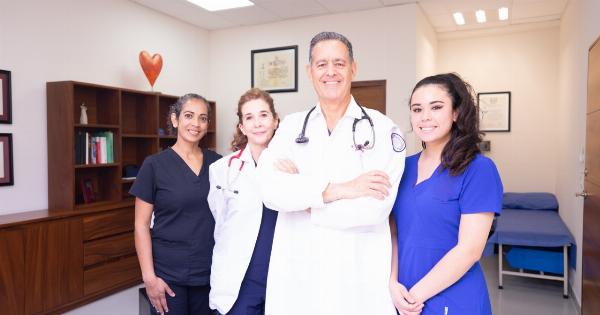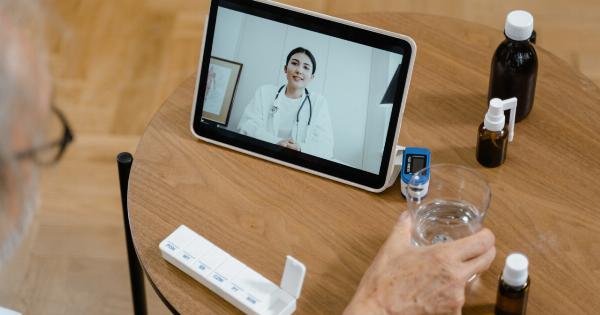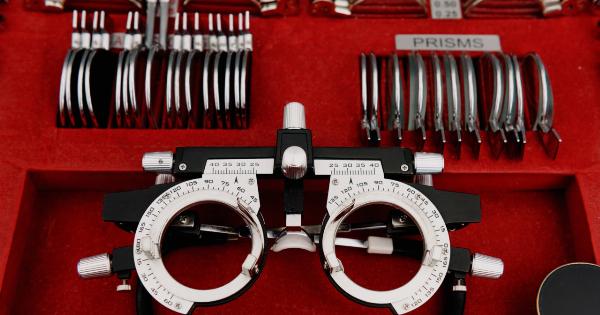Medical dramas have been a staple of television for decades; from Grey’s Anatomy to ER, the lives of doctors have been a source of fascination for many viewers.
But how accurate are these portrayals? Do popular TV doctors represent the real life medical world accurately?.
The TV Doctor and Their Approach to Patients
TV doctors are known for their empathy towards patients and their ability to put them at ease. While some real-life doctors may lack this ability, it is a crucial part of the medical profession.
The way doctors approach their patients can have a major impact on their well-being, and TV doctors know how to make their patients feel cared for and reassured.
TV doctors are also known for their ability to multitask. From performing surgeries to delivering breaking news to patients and comforting loved ones, TV doctors are always juggling multiple responsibilities at once.
While this may seem unrealistic, doctors in real life are also required to juggle multiple responsibilities at once, making the TV portrayal somewhat accurate.
The TV Doctor and Their Diagnostic Skills
TV doctors often solve complex medical cases in record time, sometimes in just a single episode. In reality, diagnosing medical conditions is not as simple or fast-paced.
Doctors must consider a wide range of factors, including medical history, symptoms, and test results, before making a diagnosis. TV doctors are also known for making dramatic diagnoses that shock both the patient and their loved ones.
In real life, doctors must be cautious and sensitive when delivering news to patients and avoid making diagnoses without adequate evidence and testing.
The TV Doctor and Their Relationships with Other Medical Professionals
TV doctors often work in close collaboration with other medical professionals such as nurses and surgeons.
They rely on these professionals to carry out important aspects of care and treatment, and emphasize the importance of teamwork in the medical field. In reality, the medical field is highly collaborative, with doctors working alongside a range of medical professionals to provide care to patients.
The TV Doctor and Their Real-Life Equivalents
While TV doctors may not always be the best representation of the medical field as a whole, there are real-life equivalents who embody some of the qualities and values portrayed on-screen.
For example, Dr. Anthony Fauci, the director of the National Institute of Allergy and Infectious Diseases, is a real-life equivalent to Dr. Meredith Grey of Grey’s Anatomy.
Both are known for their intelligence and dedication to the medical field, as well as their ability to provide guidance in times of crisis.
The Importance of Accurate Representation in the Medical World
While medical dramas can be a source of entertainment, they also play an important role in shaping public perception of the medical profession.
It is important that these portrayals accurately reflect the realities of the medical field and do not perpetuate negative or incorrect stereotypes.
Additionally, accurate representation can inspire more people to pursue careers in medicine.
Watching a doctor on-screen act heroically and make a difference in someone’s life can reaffirm the desire of aspiring medical professionals to make a positive impact on the world.
Conclusion
While TV doctors may not completely represent the real-life medical world, they do provide some insight into the values and skills required to become a doctor.
Medical dramas can inspire audiences and spark interest in the medical field while also highlighting the importance of accurate representation in the media.






























